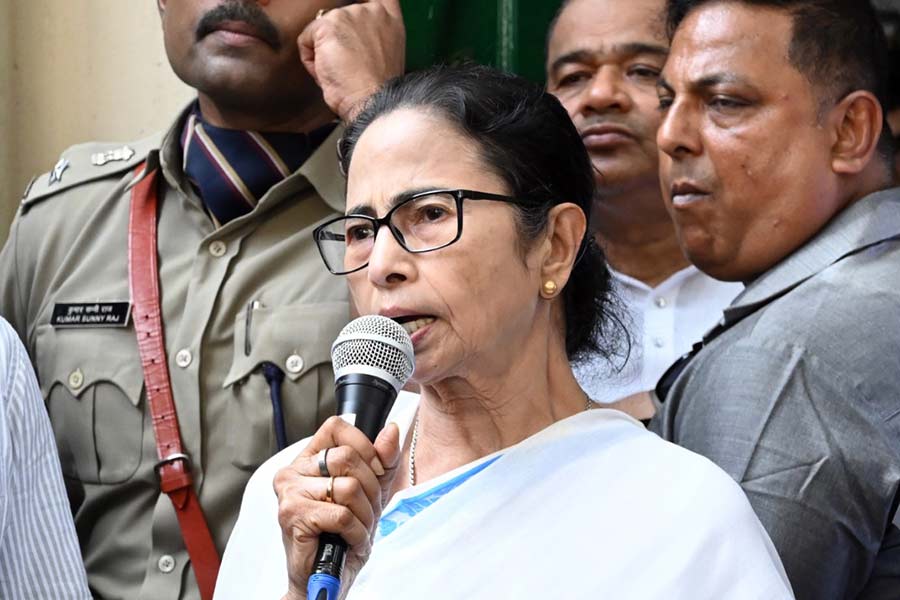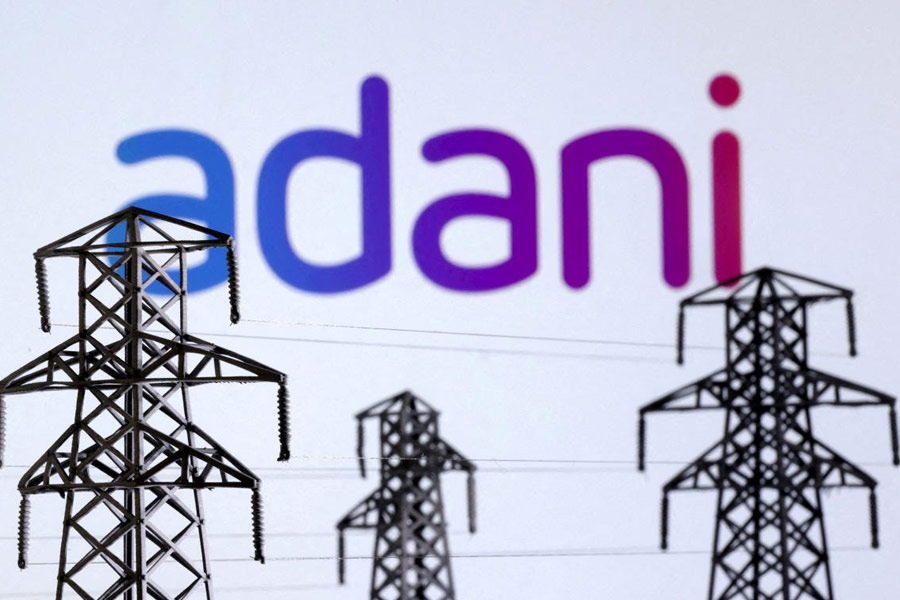When the entire country was busy discussing the factors leading to the glitch in the eastern and northern grids which led to the massive power outage in more than a dozen states, leaders and experts in Bihar were busy discussing things like non-allotment of coal linkage and the low share of electricity to the state from the central sector.
Industrialists and those owning business establishments, for whom power cuts are not a new thing, were busy mobilising additional stock of diesel to run the gensets which have turned out to be the mainstay to keep things moving.
Political leaders of Bihar, who were instrumental in the division of the state, invariably lay the blame on the loss of power-generating units to Jharkhand and demand special package from the central government as compensation.
On its part, the state government appears to be paying lip-service only. Announcements like the World Bank is going to invest more than Rs 750 crore in the power sector in Bihar and that the Adani group is going to generate 700 MW in Bihar no longer excite the people because actualisation of these declarations do not seem to be on the cards.
After coming to power in Bihar, the government headed by Nitish Kumar announced several projects related to the power sector, exploring all sources of energy, but finally had to fall back on accusing the Centre for all the failures. In the last seven years, the NDA government in the state could not add a single megawatt to the generating units of Bihar. Several decisions related to power sector improvement taken by this government failed owing to lack of vision. The government of Bihar, through its 11th five year approach paper, demanded coal block from the central government. Once the Centre allotted the coal block, the Bihar government realised its mistake — the exploration of coal block needed huge investments and the present government is not capable of pumping money into coal blocks and so they suddenly changed their tune to coal linkage.
The inability to revive any running unit like Kanti and Barauni is a major failure of the government.
Energy consumption is always a parameter to assess the development of a state. The energy consumption of Bihar is one-tenth of the national average and that itself indicates the power scenario of Bihar.
During the first phase of NDA rule, the government announced that they would improve the power situation by 2012, and now they are again trying to convince the people that they are going to improve the situation by 2016 — an year after the next Assembly elections.
The current loss of the Bihar electricity board is to the tune of more than Rs 1,000 crore per annum, which is more than 400 per cent compared to 2005, when the NDA came to power — an indication of the poor management by the government in handling the power situation in Bihar.
The industries of Bihar have managed to work out their survival in spite of all the announcements by the government with power backup alternatives in their respective units. For the past six years, the industries of Bihar have been struggling to survive against all odds ranging from connection problems to fuel surcharge, overcharging to transformer failure and last but not the least, the failure of the policy to provide support to revive sick units due to the inefficiency of the respective governments to provide regular quality power supply to the medium, small and micro industries.











